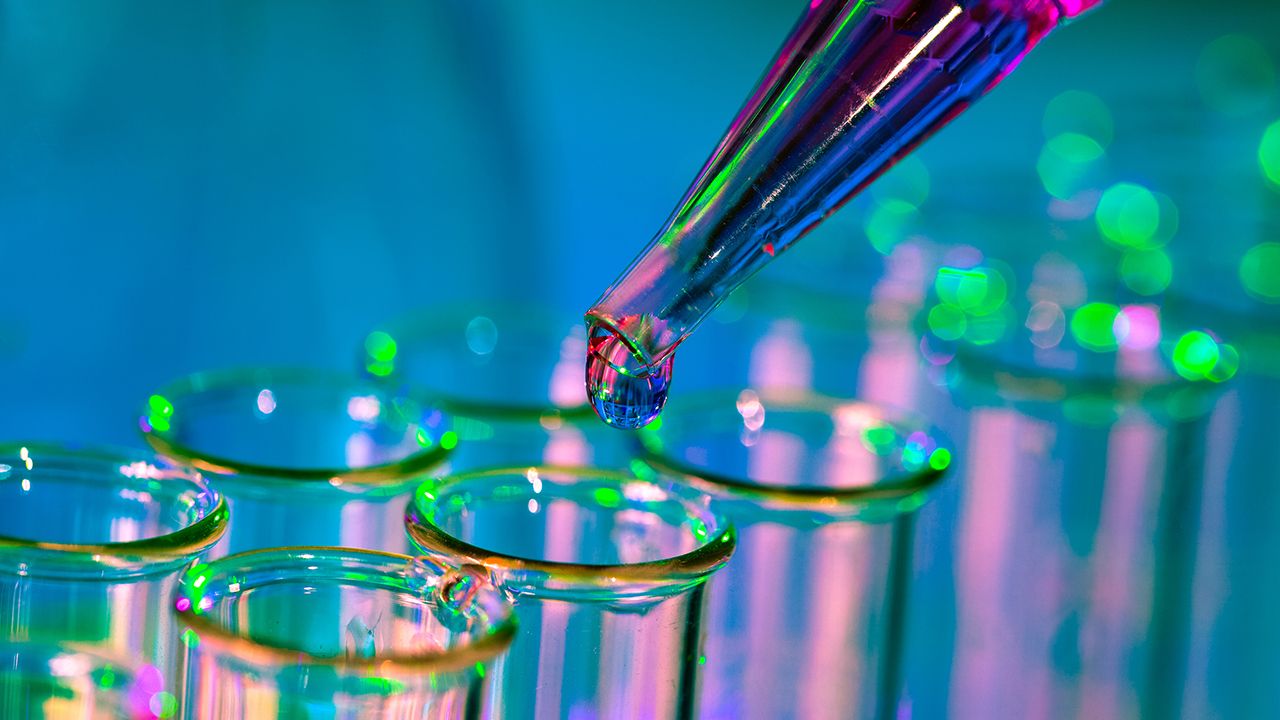Reviewing the Categories of Substance Tests
Here, Pavan Kumar Kunala from Almac Sciences runs through the different types of tests used to analyze drug substances to ensure quality and safety.
Pipette adding fluid to one of several test tubes | Image Credit: © motorolka - stock.adobe.com

Comprehensive tests are required to analyze drug substances to ensure optimum quality and safety. To learn more about the categories and types of drug substance tests, Pharmaceutical Technology® spoke with Pavan Kumar Kunala, biopharma manager, Almac Sciences.
PharmTech: Could you run through the different types of tests used in drug substance testing of bio/pharmaceuticals?
Kunala: Analytical methods for drug substance testing are diverse and can be broadly categorized based on the quality attributes and the intended use of the method. These categories include identity methods, purity methods, impurity methods, potency methods, safety methods, excipient methods, and general methods.
[Identity methods] are used to confirm that a biologic is what it is claimed to be. The most commonly used identity tests for biologics include peptide mapping, capillary isoelectric focusing (cIEF), imaged capillary isoelectric focusing (icIEF), ion-exchange chromatography (IEX), and enzyme linked immunosorbent assay (ELISA).
[Purity assessment methods] are employed to evaluate the level of purity of the intended biologic product. Commonly utilized techniques encompass Sodium dodecyl-sulfate polyacrylamide gel electrophoresis (SDS-PAGE) or capillary gel electrophoresis (CGE), and size exclusion chromatography (SE-HPLC).
[I]mpurities can be classified into two main types—process-related impurities and product-related impurities. Process-related impurities [are] impurities in the drug substance [that] are derived from the biologic manufacturing process itself. For example, they could be originating from cell substrates such as host cell proteins (HCPs), host cell DNA (HCD), or downstream manufacturing processing such as Protein-A column leachate.
ELISA is a commonly employed technique for analysing HCPs and Protein-A leachate in biologic drug substances. Similarly, Real-Time Polymerase Chain Reaction (RT-PCR) is utilized to determine the amount of residual HCD in the drug substance.
[Product-related impuritiesare] directly associated with the drug substance itself. They may be variants that differ from the intended product, or they could be byproducts or degradation products formed during production, storage, and handling. The typical methods to monitor these impurities include CGE, SE-HPLC, RP-HPLC [reverse-phase HPLC], and cIEF or icIEF.
[Potency methods] are used to determine the efficacy of the product. However, the choice of method depends on the type of biologic and its intended use. The typical methods include cell-based assays, ligand binding assays, and effector function tests.
[Safety methods] are used to ensure that the product of interest does not pose any harm to patients after administration. The commonly used methods at the drug substance stage include bioburden and endotoxin.
[Excipient analysis methods] are employed to determine the amount of excipients in a drug substance, provided it has already been formulated. The commonly used methods include surfactant methods, polyol methods, chelating agent methods, and preservative agent methods.
[General methods] include pH, appearance, osmolality, visible particles, sub-visible particles, [and so on].
Entering New Domains for 3D Printing of Drug Products
April 6th 20253D printing of personalized medications is currently possible under existing compounding regulations, offering enhanced process control through automation. But new legislation coming in 2025 will allow 3D printing as part of a distributed manufacturing framework.